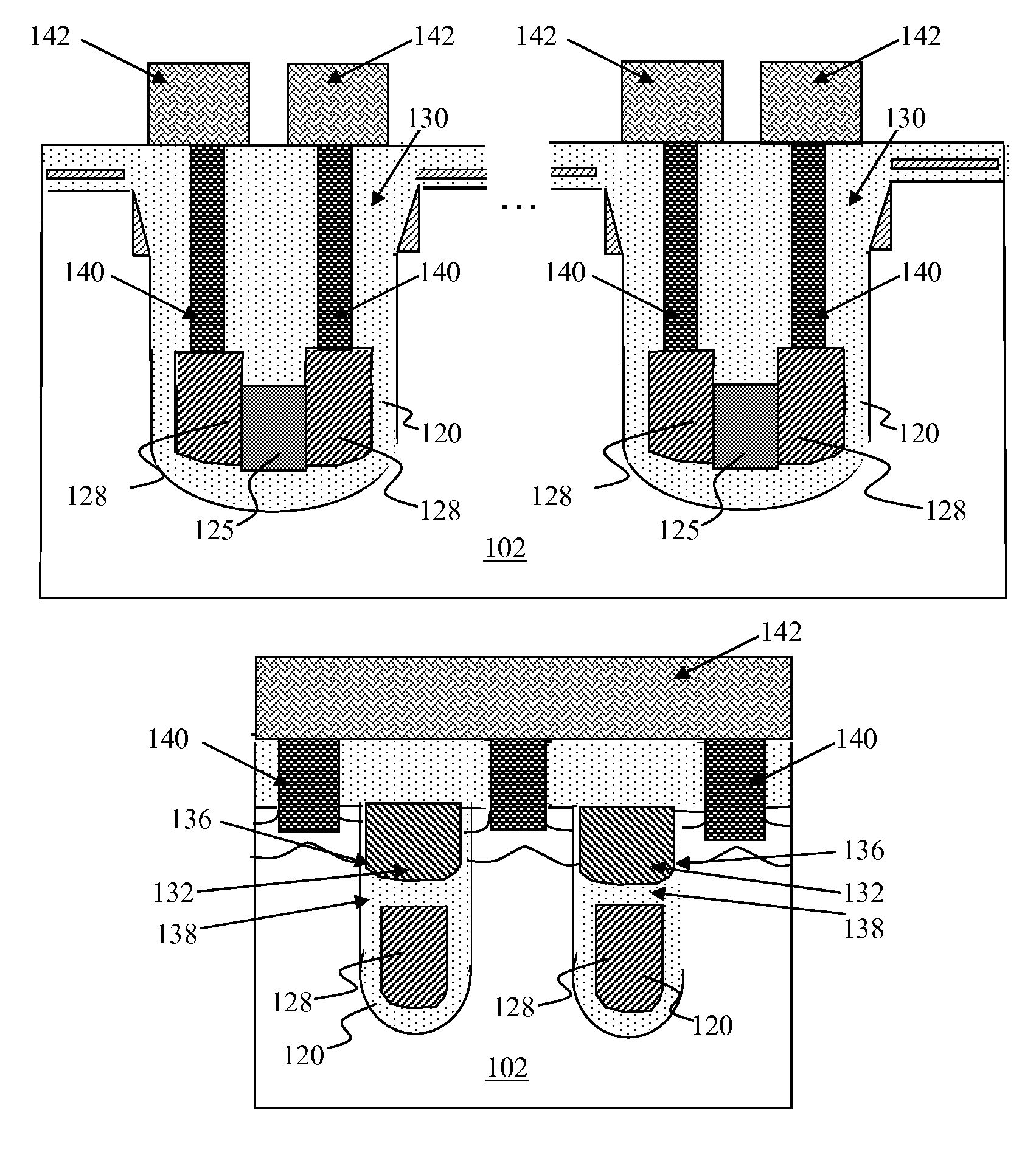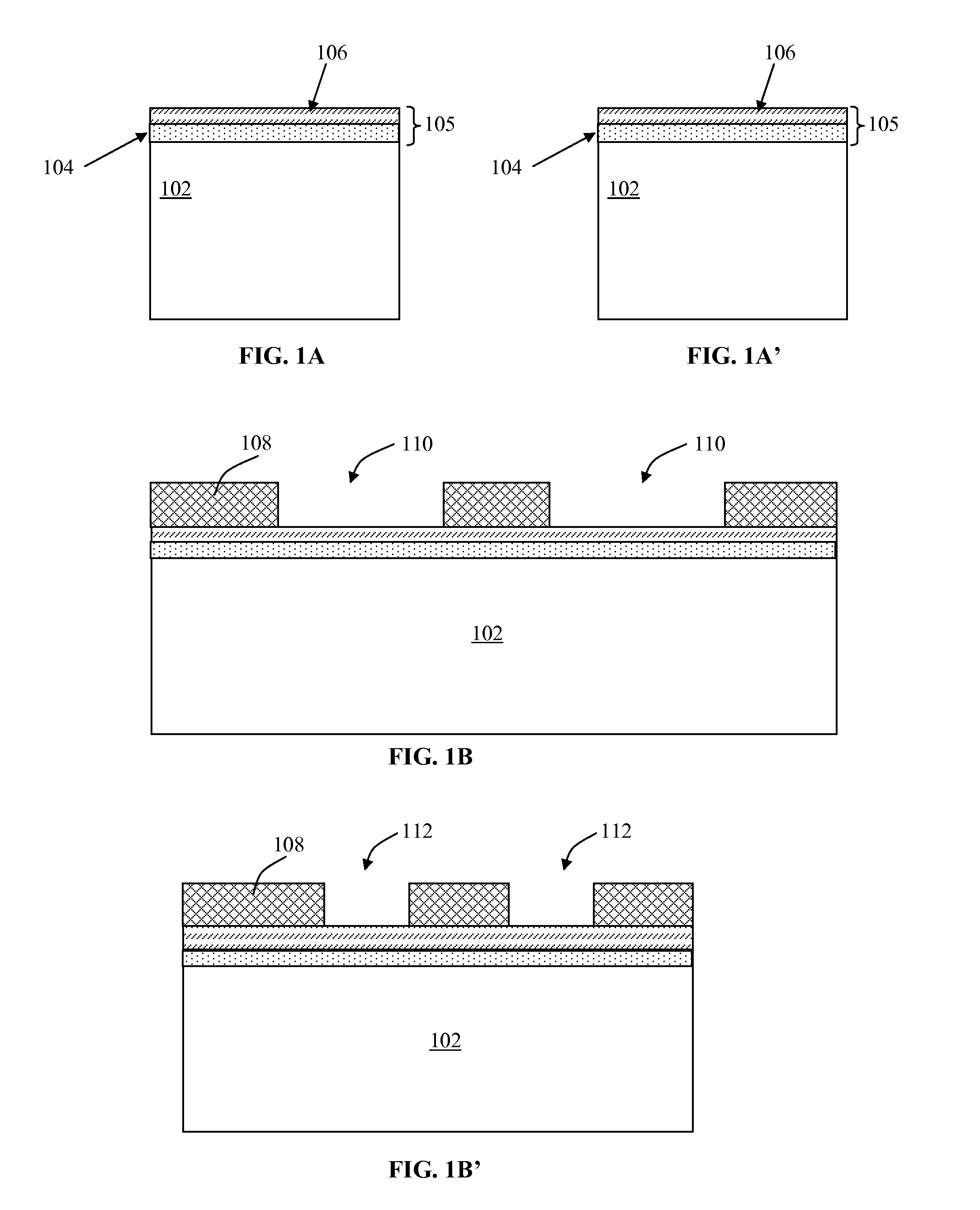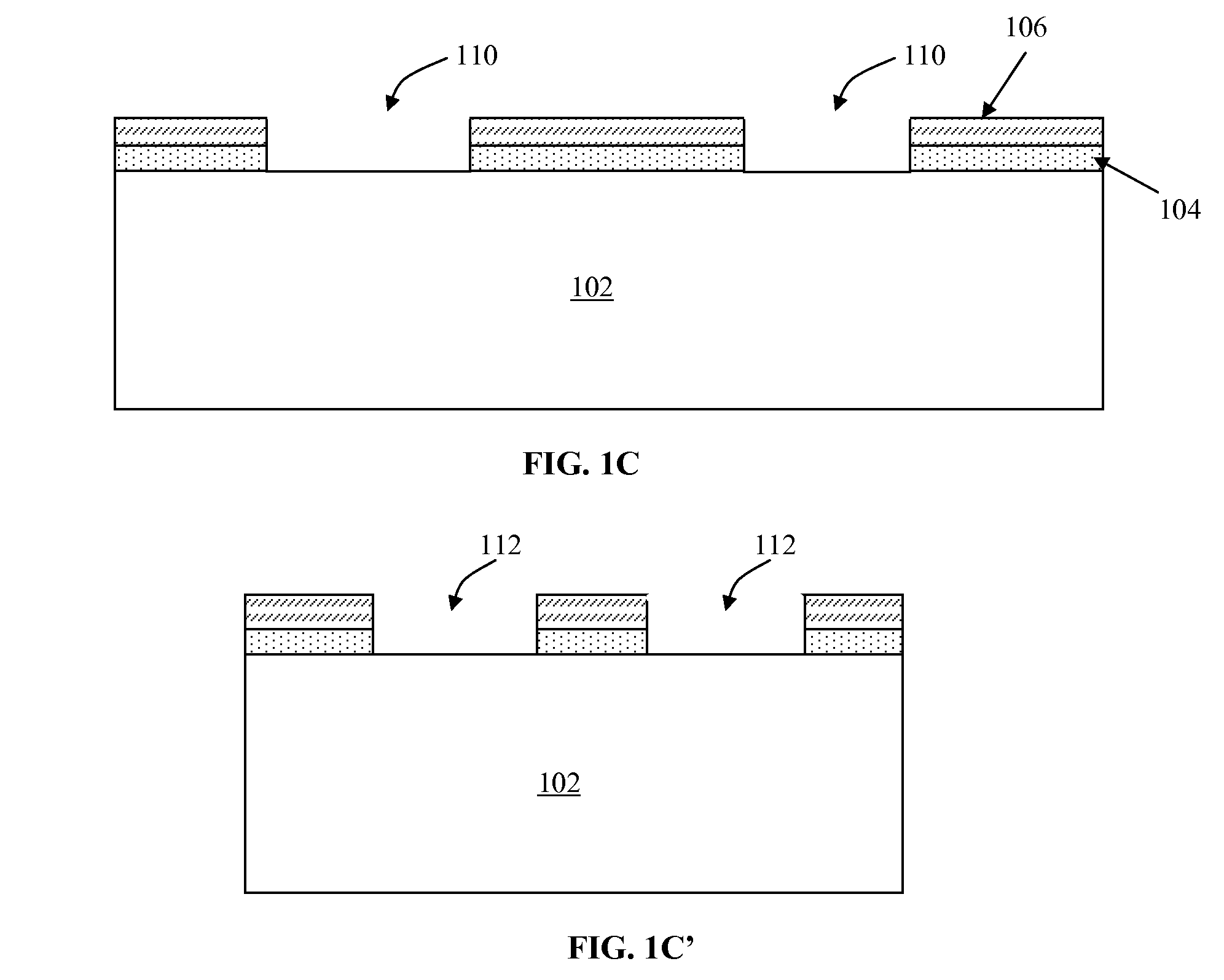Trench poly ESD formation for trench MOS and SGT
a trench mos and trench poly technology, applied in the field of cell structure and device configuration of semiconductor devices, can solve the problems of esd serious problems, complicated processing steps, time-consuming, etc., and achieve the effect of safely bypassing the active area of the devi
- Summary
- Abstract
- Description
- Claims
- Application Information
AI Technical Summary
Benefits of technology
Problems solved by technology
Method used
Image
Examples
Embodiment Construction
[0009]Although the following detailed description contains many specific details for the purposes of illustration, anyone of ordinary skill in the art will appreciate that many variations and alterations to the following details are within the scope of the invention. Accordingly, the exemplary embodiments of the invention described below are set forth without any loss of generality to, and without imposing limitations upon, the claimed invention.
[0010]Embodiments of the present invention use the existing process flow for trench MOS and form electrostatic discharge (ESD) protection circuits inside the trench polysilicon (poly). Therefore, the ESD circuits are able to form without adding any extra mask layers. Such ESD can be formed for both SGT and normal trench MOSFET (i.e. a trench MOSFET without a shield electrode).
[0011]A fabrication process of the SGT trench MOSFET with integrated ESD circuit using only four masks is depicted in FIGS. 1A to 1L, and FIGS. 1A′ to 1L′. By way of ex...
PUM
 Login to View More
Login to View More Abstract
Description
Claims
Application Information
 Login to View More
Login to View More - R&D
- Intellectual Property
- Life Sciences
- Materials
- Tech Scout
- Unparalleled Data Quality
- Higher Quality Content
- 60% Fewer Hallucinations
Browse by: Latest US Patents, China's latest patents, Technical Efficacy Thesaurus, Application Domain, Technology Topic, Popular Technical Reports.
© 2025 PatSnap. All rights reserved.Legal|Privacy policy|Modern Slavery Act Transparency Statement|Sitemap|About US| Contact US: help@patsnap.com



